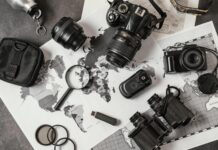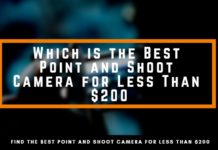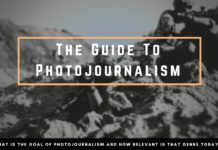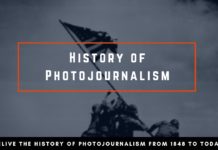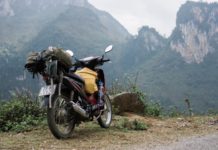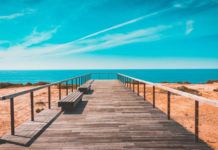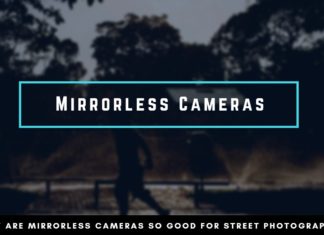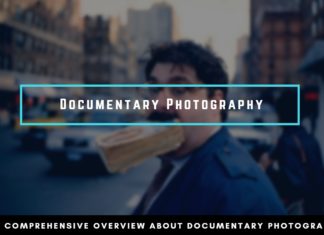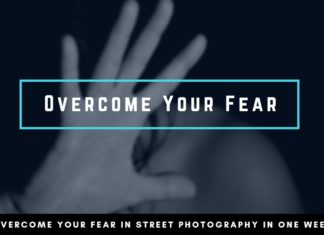2Mesmerizing vintage photos provide rare glimpse of old Hong Kong

The 1950s and 1960s — during which time the exhibited photographs were taken — were periods of immense change in Hong Kong. The burgeoning manufacturing sector was sewing the seeds of an economic miracle, while the city’s population expanded rapidly.
Yet, despite the bustle associated with Hong Kong, Ho’s images reflect stillness and serenity. His mastery of the street photography genre has led many to call him the ‘Henri Cartier-Bresson of the East,’ a reference to the iconic French photographer.
Like Cartier-Bresson, Ho took a human approach to his art, says the director of Blue Lotus Gallery, Sarah Greene, who is collaborating with Sotheby’s on an accompanying book, “Fan Ho: Portrait of Hong Kong.”
3JERUSALEM INTERNATIONAL PHOTOGRAPHY CHALLENGE EXHIBITION

Two-month Ammunition Hill exhibit to feature 100 of best photos taken of the city in international competition.
Over 14,500 photographs from residents of 84 countries from any time, and of any subject, were uploaded and received 2.4 million votes.
Among the 400 leading images, the contest’s curators selected 100 that were enlarged and will be presented at Ammunition Hill from June 6 to August 6.
Following the Jerusalem showing, the exhibition, sponsored by KKLJNF, will go on an international tour.
According to curator Rina Castelnuovo, the Jerusalem photography challenge attracted photographers from numerous Arab countries as well, including Tunisia, Algeria, Egypt, Jordan, Morocco, Iraq and others.
“The anonymous and international voting created a fascinating and unprecedented ‘equality of power,’” said Castelnuovo. “For the first time ever, judging of the city was carried out only on an aesthetic and artistic basis.”
Mix up Miles Davis, some French post-impressionism, Max Ernst, haiku by Matsuo Basho, experimental scores of Morton Feldman, Cubism, Utamaro shunga (erotic art) and Hokusai ukiyo-e, plus some Norman Rockwell, Mark Rothko and Franz Kline. Steep for 60-odd years. Saul Leiter’s work is all that, but also unique in its vision.
Saul Leiter is not the biggest name in photography, but maybe that’s the way he wanted it. “I was not out to conquer the universe … my aim in life was to pay my bills and to pay my life bill,” he said in a 2013 interview a few months before he died. More interested in making work than networking, Leiter was relatively indifferent to the idea of achieving fame as an artist or being called a “pioneer”of color photography at a time when fine art photography had to be monochrome to be taken seriously.
The first major exhibition of his work in Japan, which includes black-and-white fashion photos, street photography taken in his neighborhood in New York and abstract and semi-abstract paintings has definitely found an enthusiastic audience here, though.
5The London punk movement photographed by Herbie Yamaguchi

In 1973, Japanese photographer Herbie Yamaguchi was living in London when the punk movement started 40 years ago. He tells he could sense a new change in the air, especially in the fields of music and fashion. Youngsters with Mohican hairstyles and leather jackets became for Herbie, then young photographer to-be, his favorite subject. But quickly the “ New Wave ” and “ New Romantic ” movements appeared, and allowed Herbie to go further in his photographic approach. Galerie &co119 in Paris presents at the moment a series of these photographs.
London allowed Herbie to refine his photographic themes. One special encounter had a very strong impact on him, and gave him the kick he needed. One day, as he was heading home, he saw in the London Tube, Joe Strummer, the lead vocalist and guitarist of the punk group The Clash. Herbie Yamaguchi was quite impressed, and a bit shyly asked him if he could take a few shots, which Joe accepted nicely. But as Joe was walking out of the train, he turned back to Herbie and told him : “You can click away of whatever you want. That’s punk !”
6EUGENE RICHARDS REFLECTS ON HIS JOB

The retrospective exhibition “The Run-On of Time,” opening June 10 at George Eastman Museum, features more than 150 photographs by Eugene Richards. It starts with his social documentary work from the Arkansas Delta in the 1960s, and incorporates images from select magazine assignments and from the 14 books he has published, including Cocaine True Cocaine Blue (1994), a searing look at people caught up in the crack epidemic, and War Is Personal (2010), about veterans and their families affected by the Iraq and Afghanistan wars. In connection with the exhibition, the museum will screen some of the short films he has directed, and debut a longer film, Thy Kingdom Come, which Richards describes as “my interpretation of a time I worked for the filmmaker Terrence Malick.”
